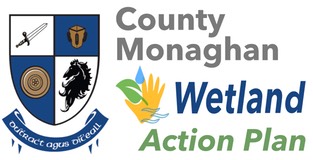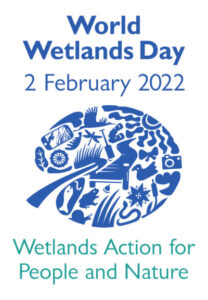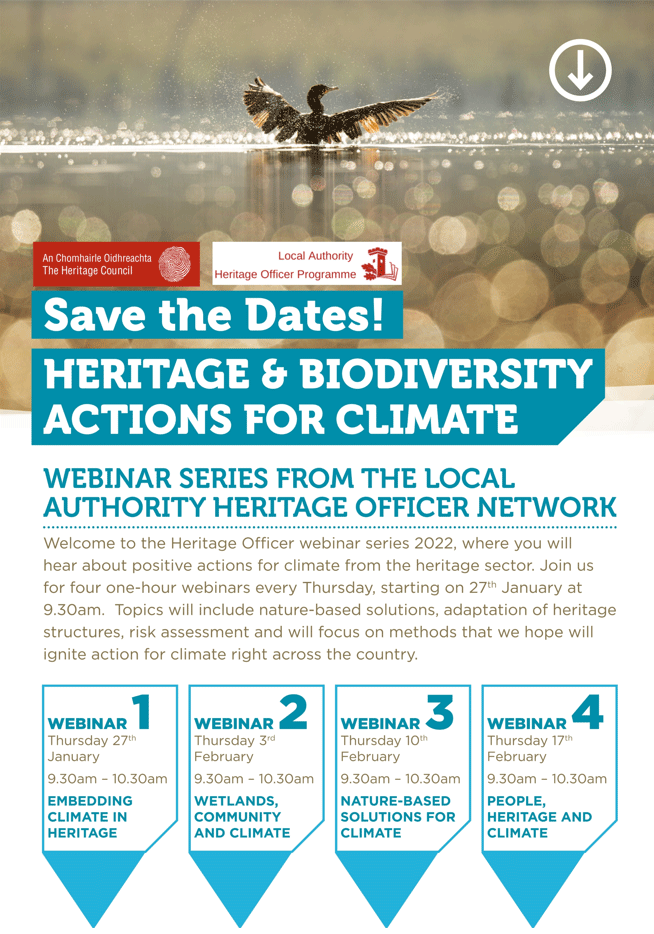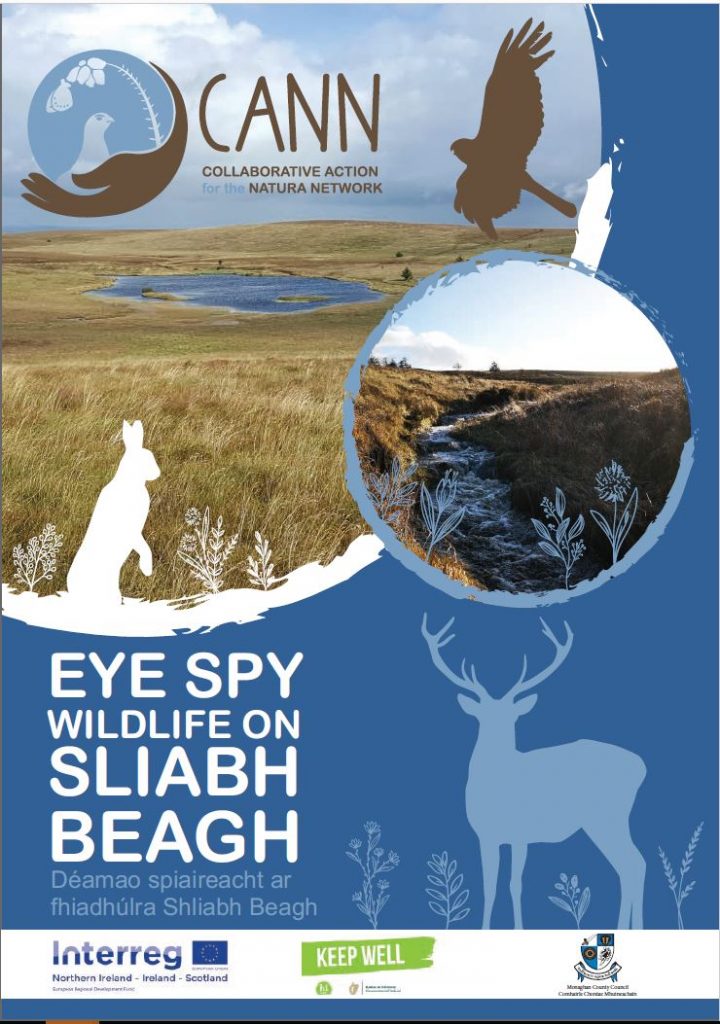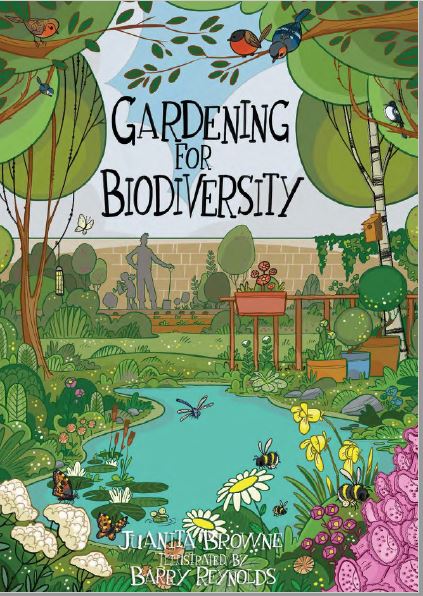The County Monaghan Wetland Action Plan 2020-2021 aims to develop an integrated plan for the conservation of the wetland resource in County Monaghan, through co-operation and engagement with a wide range of partners and community groups. The plan is being launched to co-incide with World Wetlands Day on the 2 February.
Extensive work has been undertaken over the past fifteen years in identifying and characterizing the ecological character of wetlands throughout County Monaghan. The outcome of this work has produced a valuable dataset containing information on 710 wetlands, of which 202 have been subject to field survey.
This information will form the basis of a Wetland Action Plan for the county. As part of this project, the 202 sites for which standard information is available will be evaluated in relation to the multiple benefits (ecosystem services) that these wetlands provide.
The project will objectively identify management, restoration and rehabilitation priorities for the wetland resource of the county to, amongst other things, improve biodiversity outcomes and climate mitigation/adaptation.
The project will help define climate action as well as management strategies, defining an action plan for wetland protection in County Monaghan.
The project will help determine whether high-carbon ecosystems should be prioritised for restoration and rehabilitation budgets over the coming years to safeguard peat carbon storage and sequestration. In the County Monaghan context, wetlands that are not peatlands may play important roles in flood mitigation and biodiversity protection and the ecosystem services on these sites will also be assessed as part of the project.
Actions will be costed as part of the plan and likely will focus on the re-wetting of drained fens and peatlands, prevention of nutrient inputs to wetlands, removal of invasive species including self-seeded conifers, awareness raising and capacity building initiatives.
A public engagement strategy will be developed and funding sources identified to ensure the wide uptake of the wetland action plan among partners and community groups, the primary beneficiaries in County Monaghan.
The County Monaghan Wetland Action Plan (MAWP) project is a joint project initiative funded by Monaghan County Council, and the Department of Housing, Local Government and Heritage.
